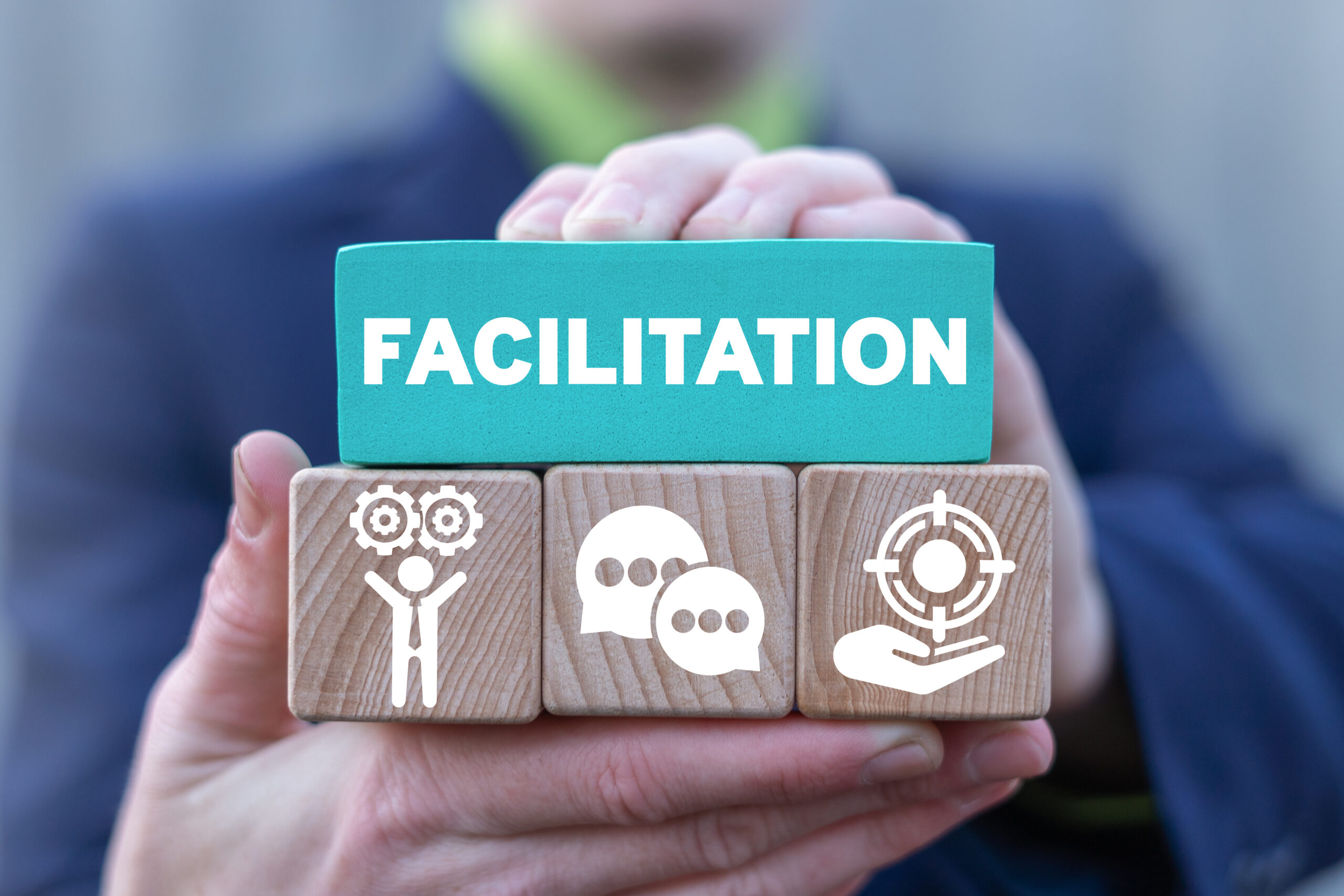Digital skills aren’t just for millennials, according to Dr Norbert Morawetz.
A few years back, the phrase digital native became common terminology to describe a person born or brought up during the age of digital technology, and who is familiar with computers and the internet from an early age.
Where there are natives, there are also immigrants – people who were born before the digital era had to get there through their own learning efforts. More than twenty years since the Internet went mainstream, this distinction has become all but obsolete.
Nonetheless, for all of us, the digital frontier keeps on moving forward. Digital is not a place where our analogue minds can settle and rest, but a subscription to continuous professional development and lifelong learning.
While ‘the young people/millennials are better with technology’ narrative should now be considered debunked, there clearly are some people who seem to have an easier time adopting new technologies than others.
One of the most important interventions organisations can make when helping their learners to acquire new digital skills, is to ensure that learning takes place on test accounts, and to encourage learners to experiment with new software independently.
From an organisational perspective, the challenge is this: how can an organisation leverage its early adopters to develop the digital skills of learning laggards? Below are three simple ways that can help L&D professionals to transition analogue minds into digital learners.
Be playful and experiment
One of the biggest differences between early adopters and digital laggards is their approach to experimentation. Fast adopters take a playful, self-directed and non-linear approach to learning about new software and solutions.
They approach a new software environment like a child approaches a sandpit, safe in the knowledge that they can’t do anything wrong. They typically start with creating a test account and experimenting with functionality, knowing that should anything go wrong, everything can be restored, and reset with minimal effort.
Fast adopters rarely learn new software on training courses, they prefer to have a go first themselves and then consult trainers or online material for specific guidance. In most software systems there are multiple ways to achieve a goal, and fast learners experiment how to reach this goal by applying creative problem-solving skills and a willingness to experiment.
Because they often first encounter new software when it is already widespread, slower adopters tend to take less advantage of test accounts and are more concerned with getting it right from the get go to catch up.
In extreme cases, analogue learners learn new digital skills on live systems and, afraid of making a ‘bad click’, they memorise which buttons to click in which sequence, instead of actually learning the software.
One of the most important interventions organisations can make when helping their learners to acquire new digital skills, is to ensure that learning takes place on test accounts, and to encourage learners to experiment with new software independently.
Self-directed learning
A second key difference between fast learners of digital skills and less-assured learners is what expectation they set for achieving their learning goal. When learning about new software independently, fast learners tend to be much more incremental and pragmatic in setting their learning goals.
They don’t strive for mastery but for the positive, rewarding feeling that comes with having figured out a small challenge by themselves. Because their learning does not start or stop with a given training course, they are much more likely to achieve mastery over time, and they also constantly become better at learning itself.
RELATED CONTENT
- Need for digital skills is a must, report warns
- Digital transformation – a new mind-set required
- TJ interviews: Jane Cave about the government’s digital strategy
For HR departments and L&D professionals this means that when they plan or organise training, they need to be clear on what kind of learner they want to encourage and facilitate over time.
Even where pressing short-term training needs are addressed, empowering learners to self-direct and challenge themselves via bite-sized learning techniques is likely to yield better results than traditional instruction.
“Can you show me how to do this” vs “Hey did you know you can…”
There are many tools that HR departments can use to help identify the digital training needs of their workforce. But, significant differences in digital productivity between employees often come down to small ‘productivity hacks’ – such as using keyboard shortcuts, light automation or undiscovered functionality – ways of achieving something in software faster and in a less complicated way.
These hacks sit outside traditional training, if the learner doesn’t know they exist, it is hard for them to come forward and request training for it.
In software programming, this is increasingly addressed through the idea of pair-programming, where two software developers shadow each other and learn each others’ skills. Organising a similar peer-learning process for mere users of applications may be too costly and burdensome for a lot of organisations.
A simpler way is to adopt what is best described as an incremental peer-learning scheme. In this model, employees are given dedicated time every week to shadow / teach each other. The informal learning context helps learners to share solutions they have discovered and contributes to building confidence and a digital mindset.
About the author
Dr Norbert Morawetz is associate professor for entrepreneurship at Henley Business School. His research focuses on developing entrepreneurial mindset, digital capabilities, and the use of learning technology in the 3L (lifelong learning) workplace.



